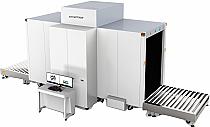
Products
Pick a Category

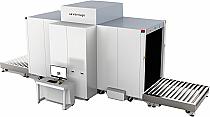
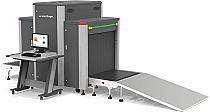
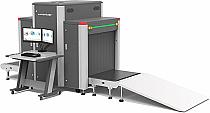
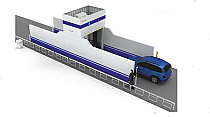
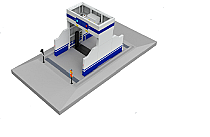
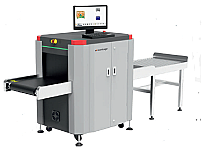
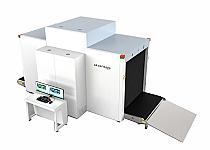
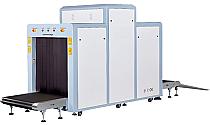
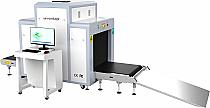
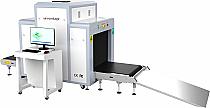
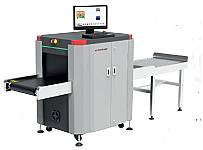
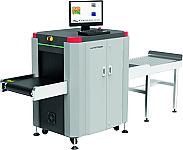
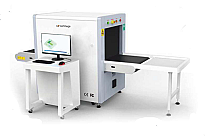
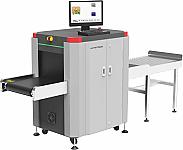
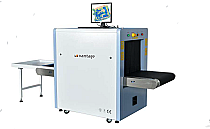
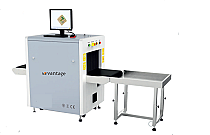
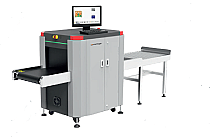
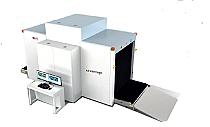
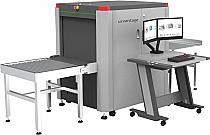
FAQs
X-Ray baggage scanner is a security inspection device that uses X-rays to generate detailed color-coded visuals of the contents inside the bags or parcels without opening them, allowing security personnel to identify any prohibited or dangerous items like weapons, explosives, and contraband.
Various colors displayed when an item is scanned on an X-Ray baggage scanner help the security personnel to identify different types of materials, both organic and inorganic, and represent the density of the materials.
Orange: Represents organic materials with low density, illegal items such as drugs and explosives or even food items will appear orange.
Blue: Represents inorganic material such as metals, hard plastics, ceramics or some weapons.
Yellow or Brown: Represents inorganic material such as electronics or jewellery, coins.
Green: Represents inorganic materials with moderate density such as soft plastics, ceramics and glass which are generally considered safe.
Red: Organic materials such as food items, rubber and even some explosives appear red
These colors allow security personnel to identify potential threats in high-security areas such as airports, hotels, stadiums, and more.
X-ray cargo scanners can scan palletized cargo using high-energy X-rays to create detailed images of the contents showing their density and structure inside the shipment container, allowing security personnel to identify contraband, explosives, or illegal goods without opening the shipment.
The cost of the X-ray scanner depends on the tunnel size, image resolution, and built-in technology. The dual-view and dual-generator models cost more compared to single-view and single-generator models.
Choosing the right model is critical in handling the volume of the baggage and detecting threats effectively. For a quote, you can contact a Vantage sales representative.
To ensure consistent performance of X-ray scanners, following checks should be included:
1. Calibration of detectors
2. Conveyor belt check
3. Radiation leakage test
4. Consistent software updates
Preventive maintenance every 3 months by a certified technician ensures long-term reliable operation.
There are several types of baggage scanners based on application:
- Tunnel Sizes: They vary depending on the size of the baggage or cargo being scanned, typically ranging from 50 x 30 cm to 180 x 180 cm.
- Single-generator scanners: Scanners pass a single beam of X-ray through the contents of packages and produce a grayscale image for analysis.
- Dual Generator and Dual-view Scanners: These scanners pass a dual beam of X-rays through the contents inside the packages and generate a color-coded image that helps in determining the organic and inorganic materials. They typically provide a top and side view for ease of identification of threats.
- 4-Color Imaging X-Ray Scanners: Uses 4 different colors to represent material categories seen in the x-ray image. It distinguishes material broadly, such as organic, inorganic, metals, and explosives.
- 7-Color Imaging X-Ray Scanners: Uses 7 different colors to accurately differentiate between material categories, making it easier for the operator to identify threats. 7-color imaging X-ray scanners are more precise compared to 4-color imaging models.
To X-ray scan an entire vehicle such as a passenger vehicle, cargo truck, or bus, vehicle X-ray scanners are used to identify threats such as drug smuggling, human trafficking, and other threats. These come in various sizes depending on the size of the vehicle to be scanned. There are options of self-drive and conveyor belt systems depending on the use case. Typically used at land borders, ports and cargo areas, high-security government buildings etc.